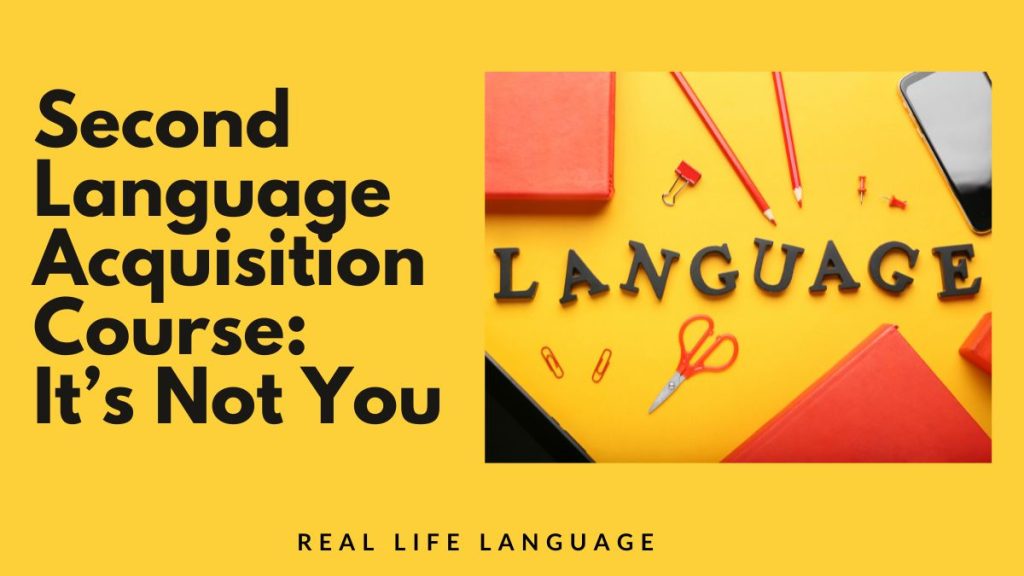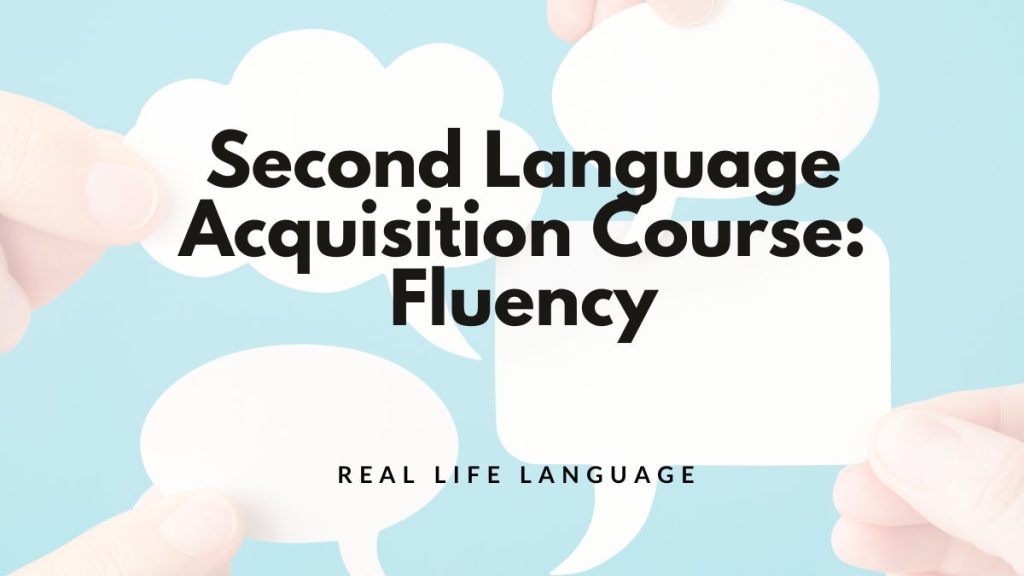If you’ve ever struggled to learn a language, you’re not alone. In this article I’ll bust common myths that stop people from making progress and share a simple, practical mindset you can use to build a language learning routine that actually works.
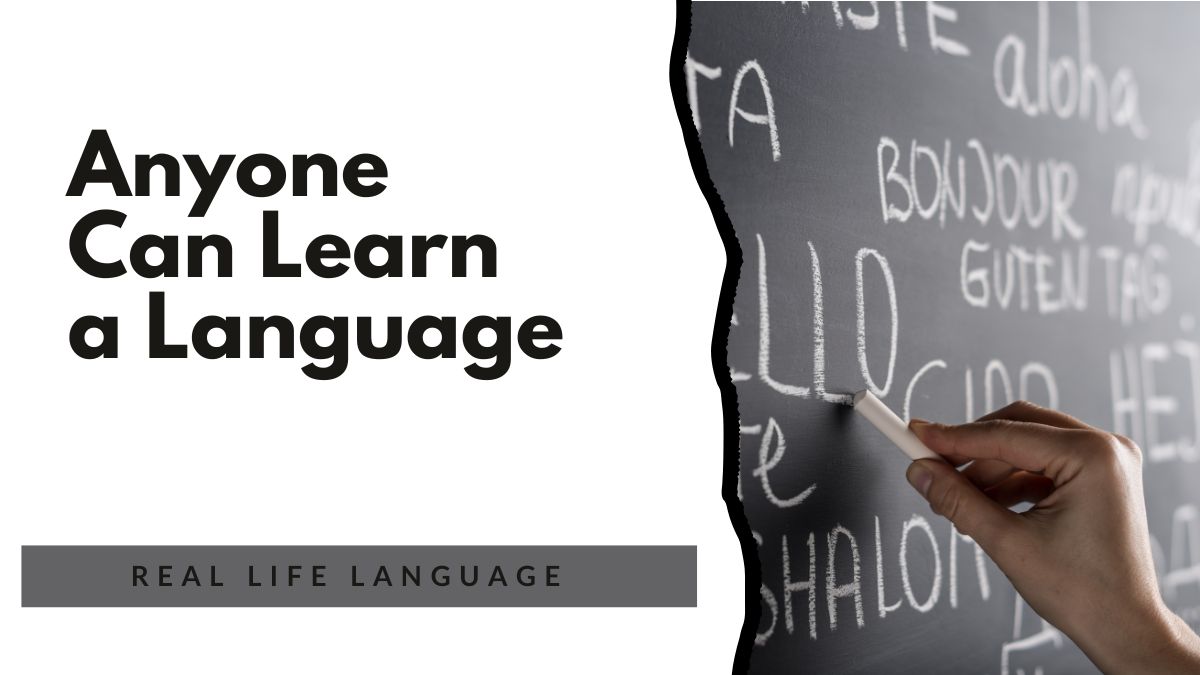
Why “Anyone Can Learn a Language” is true
anyone can learn a language
That short sentence captures the central idea: language learning isn’t an exclusive talent reserved for children, geniuses, or the wealthy. Over years of teaching and learning, I’ve seen people from every background pick up new languages — not because they were perfect students or had ideal circumstances, but because they used the right approach consistently.
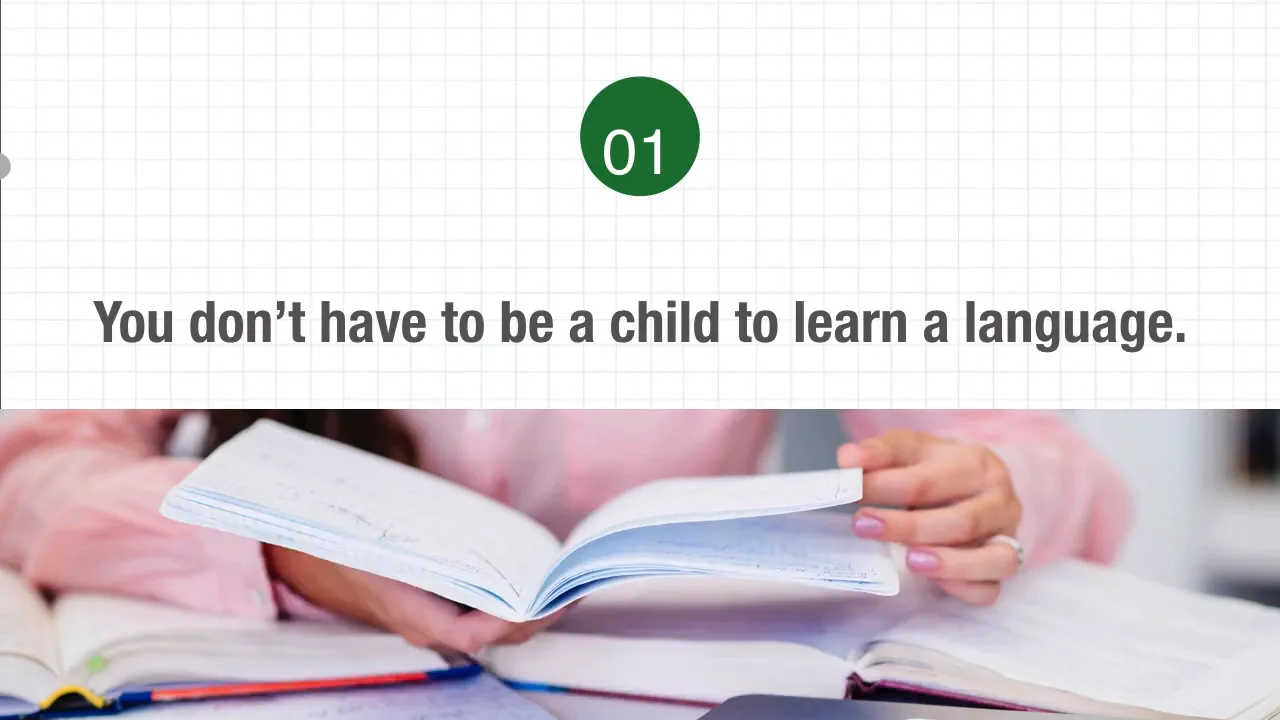
Common myths — and the real story
People often tell themselves stories that make language learning feel impossible. Here are the myths I hear most, followed by the reality:
- Myth: You have to be a child to learn a language.
Reality: Children may acquire languages more naturally in immersive situations, but adults are often better learners. We have strategies, motivation, and the ability to study deliberately. - Myth: You need a university degree or formal education.
Reality: Formal education helps some learners, but it’s not required. Practical, consistent practice and good learning methods matter more. - Myth: You must study abroad to become fluent.
Reality: Immersion helps, but modern tools — online tutors, media, communities — let you create immersion no matter where you live. - Myth: You need to be rich or a native speaker.
Reality: Resources are more accessible than ever. Native speakers help, but they’re not a prerequisite for success. - Myth: You must master grammar before speaking.
Reality: Grammar is useful, but fluency comes from meaningful input and productive practice. You don’t need perfect grammar to communicate and improve. - Myth: Learning takes years of painful study.
Reality: Progress depends on how you structure practice. Short, consistent, purposeful sessions beat sporadic marathon study. - Myth: You must be a genius or be bored to learn effectively.
Reality: Motivation, curiosity and well-designed routines are what drive results — not innate genius or boredom.
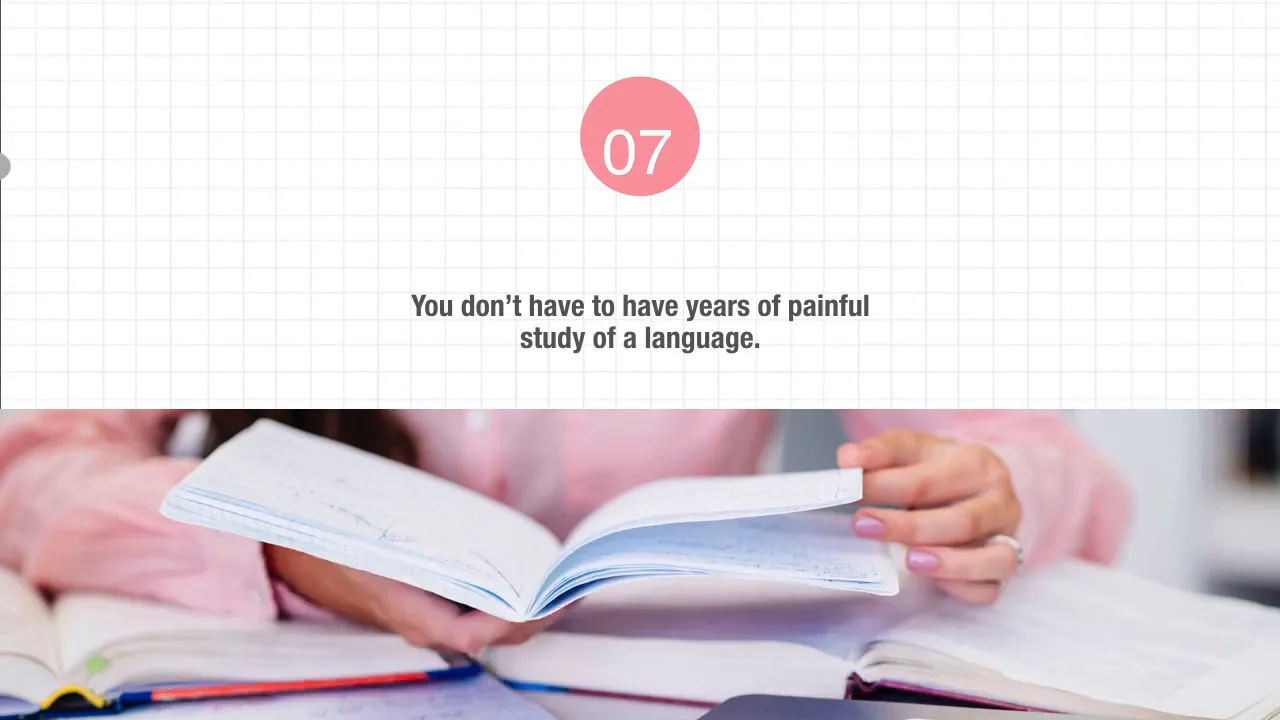
Children vs adults: acquisition and learning
It’s true children often seem to pick up languages effortlessly — they’re shaped by necessity, social environments, and low fear of mistakes. I call this acquisition: absorbing language from context.
Adults, however, are usually better learners in the sense that we can plan, analyse, and apply strategies. We can intentionally design practice, learn from feedback, and use tools such as spaced repetition, grammar explanations, and targeted speaking practice. In short: adults may learn differently, but they can learn just as well — often better when it comes to deliberate improvement.
What you actually need
all it takes is a willingness to understand how to learn languages and how to apply what you’ve learned
That willingness is the single most important ingredient. Combine it with a few practical habits and you’ll be surprised how far you can go.
Practical routine to get started (10–20 minutes daily)
- Start with input: Listen or read content that’s slightly below or at your comprehension level. Comprehensible input fuels vocabulary and grammar growth without forcing translation.
- Speak early and often: Don’t wait to “master grammar.” Use simple phrases, make mistakes, and learn from them. Speaking accelerates active recall and helps cement structures.
- Use short, regular sessions: Consistency beats intensity. Fifteen minutes every day is better than three hours once a week.
- Apply spaced repetition for vocabulary: Review new words at expanding intervals so they move into long-term memory.
- Set tiny, measurable goals: For example: “Today I’ll listen to one short podcast and repeat five sentences out loud.” Small wins build momentum.
- Make it enjoyable: Pick topics, shows, books or songs you care about. You don’t have to be bored to learn.
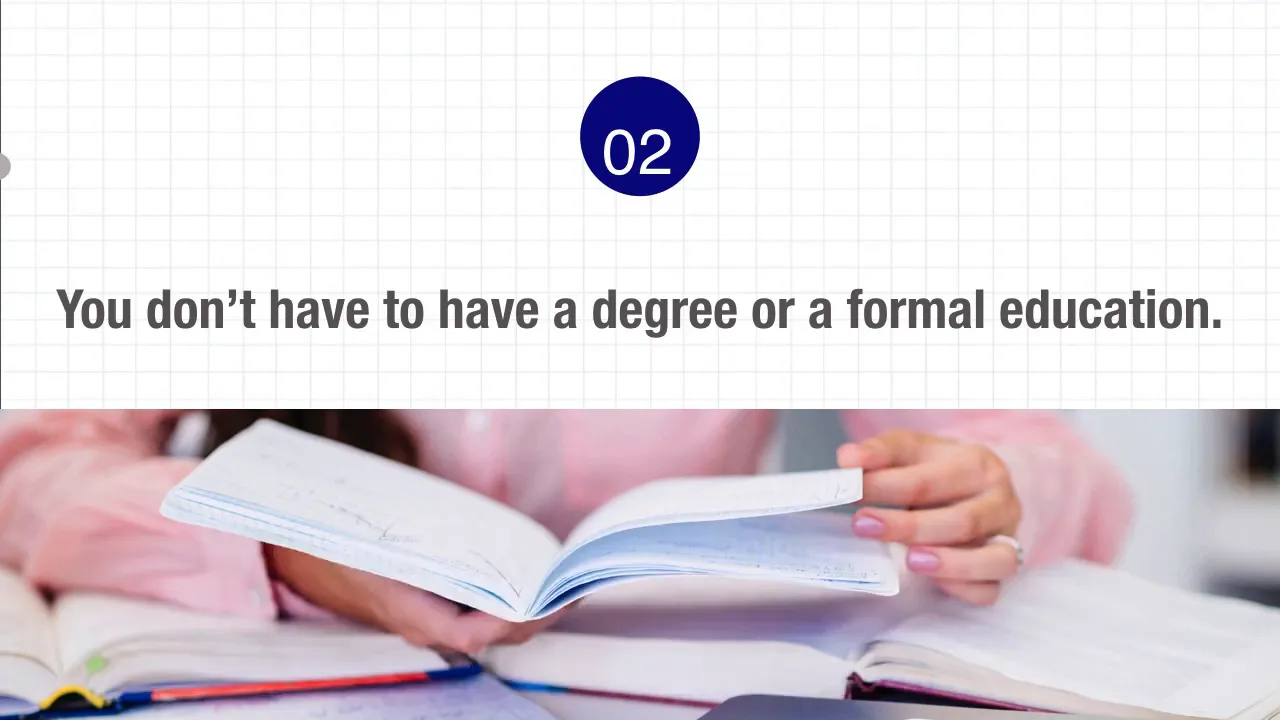
How to measure progress
Progress is easier to see when you use simple markers:
- Can you follow a short video or podcast segment without subtitles?
- Can you manage a basic conversation about your day?
- Are you understanding more grammar without consciously translating?
- Do you recognise more words in reading passages than you did a month ago?
Keep short records (a weekly note or voice memo) so you can track small improvements. Those small wins keep motivation high.
Final thoughts
Language learning isn’t reserved for children, geniuses, or the privileged. You don’t need to study abroad, be a native speaker, or perfect grammar before you can communicate. What you need is willingness — to learn how languages are learned, to apply effective routines, and to keep going even when progress feels slow.
If you’re ready to build a simple, sustainable routine, start small, stay curious, and prioritise consistent input and real speaking practice. See you in the next lesson.
Building Proficiency for World Language Learners: 100+ High-Interest Activities
Discover over 100 dynamic activities to make world language learning interactive and fun. I wrote this book with some of my favorite activities for educators aiming to build proficiency with high-impact strategies.
Learn more and get your copy here.
5 Weeks of No and Low Prep Fun
Need quick, engaging activities for your class? This free guide includes 25 no-prep and low-prep ideas to save time while keeping students excited about learning.
Download your free copy now.
